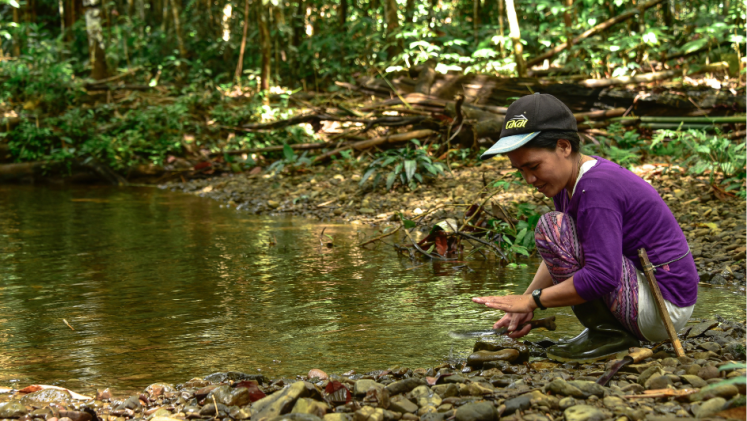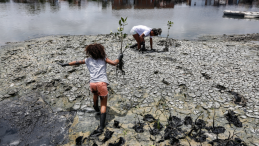Forests can help to combat climate change
Forests capture carbon dioxide from the atmosphere and store them in trees and forest soil. Carbon capture and storage is an essential component of climate action, as increasing carbon dioxide concentrations lead to global warming. Humans can influence the amount of carbon captured and stored in forests by appropriate management strategies. The most important strategy is to maintain forests and not to convert them to agricultural land to avoid the loss of carbon storage potential.
Forests can protect communities from the impacts of natural hazards
Science is clear that forests also reduce disaster risk. Mangrove forests provide coastal protection against storms and rising sea levels. Protection forests in mountains reduce the risk from avalanches and rock falls. Forests can also contribute to flood risk reduction by allowing more water to infiltrate into the soil and therefore reducing the amount of excess water during rainstorms.
Global biodiversity depends on forests
While forests cover just over 30 per cent of the global land area, these provide habitat for the vast majority of plant and animal species. Many endangered species depend on the conservation and protection of these forests.
Forests promote land preservation
The tree cover of forests can prevent landslides and soil erosion, promoting land preservation for current and future generations.
Forests play a vital role in the water cycle
Forests intercept atmospheric moisture, contribute to the cloud formation, recharge groundwater deposits with rainwater and help to purify the water. Forested watersheds supply around 75 per cent of the accessible freshwater.
Deforestation and forest degradation continue to occur at alarming rates threatening the conservation of forests. Agricultural expansion is considered the main driver of deforestation and forest degradation. Communicating the superpowers and the importance of forests for people can help promote the conservation of forests.




